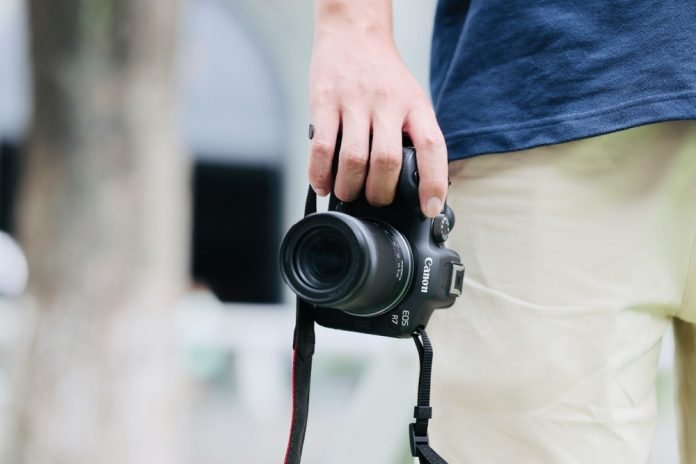The Canon EOS R7 is a camera that’s hard to ignore. It combines speed, power, and Canon’s top-tier autofocus system—all in an APS-C body. For many, this mirrorless camera hits the sweet spot between performance and price.
Canon launched the EOS R7 as part of its push into the APS-C mirrorless world under the RF mount. That means you get access to Canon’s growing RF lens lineup, fast processing, and pro-level features at a lower price than full-frame models.
If you’re a wildlife shooter, sports photographer, or hybrid content creator, the Canon EOS R7 could be exactly what you’ve been waiting for. In this review, I break down the design, features, performance, and overall value of this impressive little powerhouse so you’ll know exactly what to expect. Let’s get started!
Table of Contents
- Design and Handling
- Sensor and Image Quality
- Autofocus Performance
- Burst Shooting and Buffer
- Video Capabilities
- IBIS and Stabilization
- Lens Compatibility and RF Ecosystem
- Battery Life, Storage, and Connectivity
- What It’s Like to Shoot With
- Pros and Cons
- Who Should Buy the Canon EOS R7?
- Conclusion
- FAQ
Design and Handling

The Canon EOS R7 is well-built, featuring a magnesium alloy chassis and weather sealing that gives it a solid, dependable feel. It’s not fully weatherproof like the Canon R5 or R6, but it handles rain and dust without issue. The body feels durable and ready for outdoor use.
Its compact size is great for travel or long shoots. It weighs about 1 lb. 6 oz. (with battery and card), making it lighter than full-frame models while still feeling substantial in the hand. The deep grip helps balance larger lenses, especially telephotos.
The button layout is smart, with dedicated dials for key settings. One unique feature is the combined AF joystick and control wheel—an intuitive addition once you get used to it. Menus are classic Canon, easy to navigate even for newcomers.
Overall, the Canon EOS R7 feels like a camera made for action and comfort. It’s compact but doesn’t compromise on usability.
Sensor and Image Quality

The 32.5MP APS-C CMOS sensor delivers excellent detail. You’ll notice crisp images, even when cropping. This makes the Canon EOS R7 ideal for wildlife and sports photographers who often shoot at a distance.
Dynamic range is solid, letting you recover shadows and highlights with confidence in post-processing. Colors are vibrant and true to Canon’s well-known color science. Skin tones look natural, and landscapes pop.
Low-light performance is impressive for an APS-C sensor. You can push up to ISO 6400 comfortably, with noise well-controlled. Beyond that, some grain is present but still usable for web or social media output.
Whether you shoot in RAW or JPEG, image quality from the Canon EOS R7 won’t disappoint. It competes well with full-frame cameras in many real-world situations.
Autofocus Performance
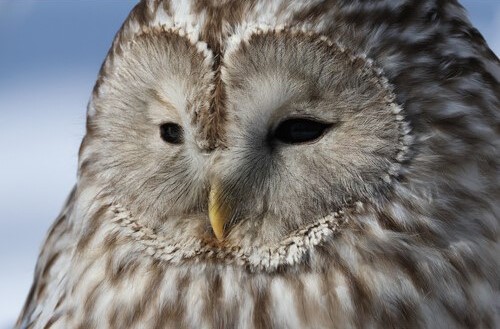
The Canon EOS R7 uses the same Dual Pixel CMOS AF II system found in the R3. That’s a big deal. It means fast, accurate, and intelligent autofocus with subject detection that works extremely well.
Eye detection is sharp and reliable for both humans and animals. It locks onto birds in flight or kids running in the yard with ease. Vehicle tracking is another handy feature for motorsports or street photography.
The AF coverage is nearly edge-to-edge, and tracking holds even in tricky lighting. Whether you’re shooting backlit subjects or fast action, the R7 keeps up.
Canon also lets you customize AF sensitivity and tracking behavior, which is great if you want to fine-tune performance for different scenarios.
Burst Shooting and Buffer
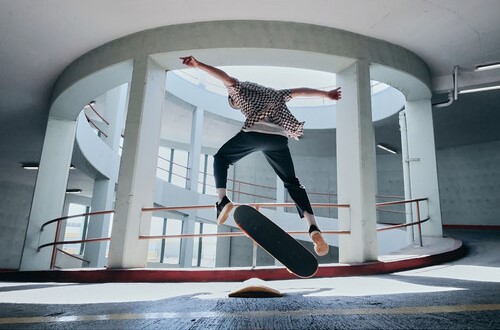
This camera is fast. With a mechanical shutter, the Canon EOS R7 shoots at 15 fps. Switch to the electronic shutter, and you get up to 30 fps. That’s faster than some flagship models.
For sports and wildlife, this speed is incredibly useful. You can capture split-second moments without missing a beat. The camera also has pre-shooting capabilities to help you grab frames just before you press the shutter.
The buffer holds up well—roughly 100 RAW images before it fills up. SD UHS-II card support keeps the write speeds quick.
Compared to the Sony a6700 or Fujifilm X-T5, the Canon EOS R7 edges them out in raw speed, making it one of the fastest APS-C cameras you can buy.
Video Capabilities
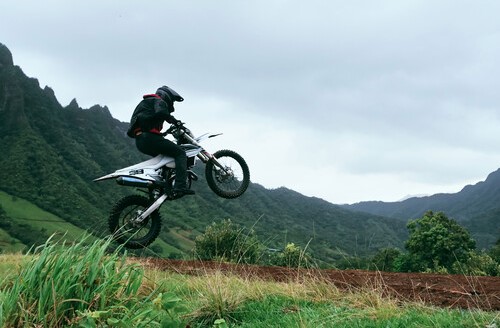
Video is another strong suit for the Canon EOS R7. It offers oversampled 4K 30p from 7K, giving you rich, detailed footage. You can also shoot 4K 60p (slightly cropped) or Full HD 120p for slow-motion.
Canon Log 3 is included, which gives you flexibility in grading. The camera records 10-bit 4:2:2 internally, a big plus for creators who want pro-level video without an external recorder.
Rolling shutter is present but not extreme. It’s manageable for most handheld and tripod shots. There’s no recording time limit, and the camera handles heat well. We never experienced overheating during normal use.
If you’re a hybrid shooter who values both photos and video, the Canon EOS R7 delivers impressive performance on both fronts.
IBIS and Stabilization
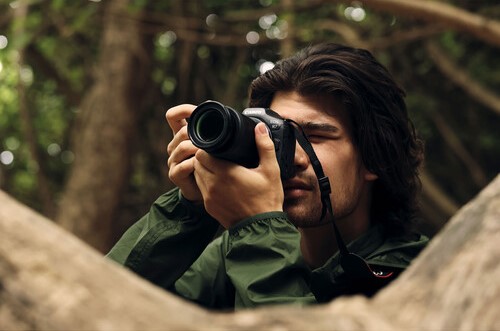
The Canon EOS R7 features in-body image stabilization (IBIS) rated up to 7 stops with compatible RF lenses. This is a game changer, especially for handheld shooting.
When paired with stabilized RF glass, like the RF 24-105mm, the stabilization is buttery smooth. Walking shots, handheld video, and low-light photos are all much easier to pull off.
IBIS also helps with telephoto lenses. Wildlife shooters will appreciate the added stability when tracking distant subjects at 400mm and beyond.
Whether you’re shooting handheld landscapes or panning video, the Canon EOS R7’s IBIS adds significant value.
Lens Compatibility and RF Ecosystem
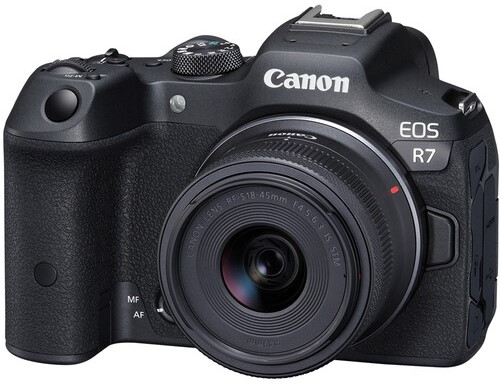
The Canon EOS R7 uses the RF mount, which gives you access to both full-frame RF and new RF-S lenses. While RF-S lens options are limited for now, Canon is slowly expanding the lineup.
The R7 works beautifully with RF glass like the RF 100-500mm, which makes it a powerful combo for wildlife. These lenses balance well and deliver sharp, stabilized results.
EF lenses also work great with Canon’s EF-RF adapter. If you’re coming from a Canon DSLR, this extends your gear’s life and gives you more options.
The one downside? Canon’s RF lenses can be pricey. But you can build your kit slowly, starting with the versatile RF-S 18-150mm kit lens.
Battery Life, Storage, and Connectivity
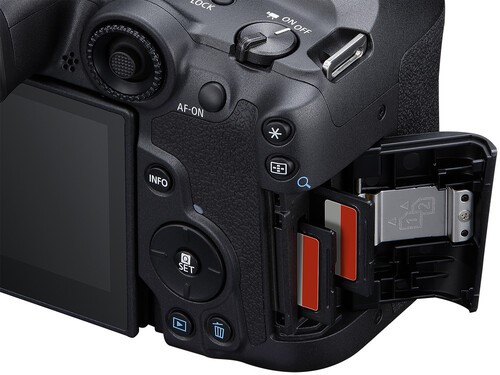
The Canon EOS R7 uses the LP-E6NH battery, which is the same as the one found in Canon’s higher-end R series bodies. Expect 500–700 shots per charge depending on usage.
Dual UHS-II SD card slots make it great for professionals and serious enthusiasts. You can shoot RAW to one and JPEG or video to the other.
Connectivity is solid, with Bluetooth and Wi-Fi for easy sharing and remote control via Canon’s Camera Connect app. It also supports USB-C charging and webcam functionality.
Whether you’re backing up images on the go or livestreaming, the Canon EOS R7 has the tools to keep you connected.
What It’s Like to Shoot With
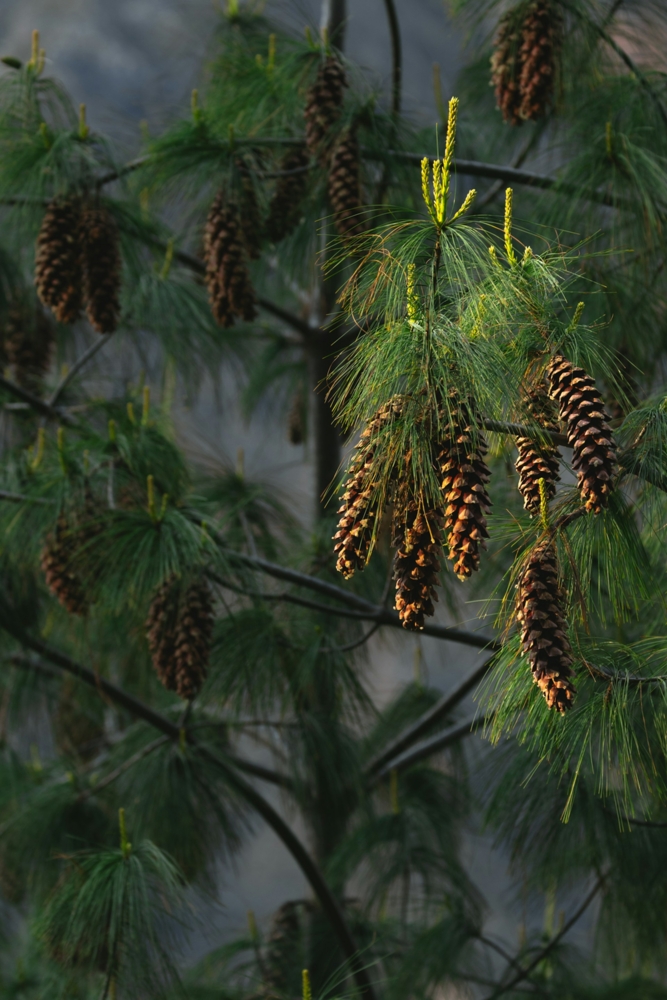
Photo by Dhruvin Pandya on Unsplash
The Canon EOS R7 is a joy to shoot with. It’s quick, responsive, and dependable in almost any situation. From backyard birds to fast-moving sports, it keeps up without a hiccup.
The viewfinder and rear LCD are sharp and responsive. Menus are easy to navigate. Buttons and dials are where they should be.
In the field, it feels like a mini pro camera. You don’t have to fight the settings or second-guess the autofocus. It just works—and that’s worth a lot.
For a camera under $1,500, the Canon EOS R7 offers a user experience that rivals much more expensive models.
Pros and Cons
- Pros: Blazing-fast burst rate, excellent autofocus, in-body stabilization, strong image quality, good battery life.
- Cons: Limited RF-S lens options, rolling shutter in 4K, no top screen.
Who Should Buy the Canon EOS R7?
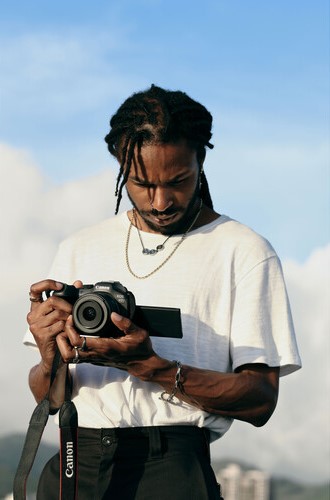
If you’re a wildlife photographer, sports shooter, or hybrid creator, the Canon EOS R7 is one of the best APS-C cameras out there. It’s also a great upgrade for Canon DSLR users with EF lenses.
Beginners might find the camera slightly advanced, but it’s a great investment for growing into. Enthusiasts will love the control and flexibility.
Even some professionals use it as a second body for its speed and reach. The crop factor helps extend telephoto lenses without adding weight.
In short, the Canon EOS R7 is perfect for anyone who wants speed, reliability, and Canon’s excellent color science in a compact package.
Conclusion
The Canon EOS R7 is a camera that impresses on many levels. It’s fast, smart, and loaded with features normally found in much more expensive gear.
It’s not just a great APS-C camera—it’s one of the best mirrorless cameras under $1,500. Whether you’re into photos, video, or both, it can handle the job.
For 2025, the Canon EOS R7 still holds its own in a crowded market. If you want performance and flexibility without going full-frame, this is the one to beat.
FAQ
Is the Canon EOS R7 good for beginners?
It can be, but it’s best suited for enthusiasts and experienced shooters. Beginners may find it a bit advanced, but it’s a camera you can grow into.
Does the Canon EOS R7 overheat?
No, the Canon EOS R7 has great thermal management. Overheating is rare, even during extended video recording.
Can I use EF lenses on the Canon EOS R7?
Yes, with Canon’s EF-EOS R adapter, EF and EF-S lenses work perfectly on the EOS R7.
How is the Canon EOS R7 for wildlife photography?
It’s excellent. Fast burst speeds, great autofocus, and the 1.6x crop factor make it a top choice for wildlife shooters.
What memory cards work best with the Canon EOS R7?
Use UHS-II SD cards to take full advantage of the camera’s fast burst and video recording speeds.
Hero Photo by Peng Originals on Unsplash

